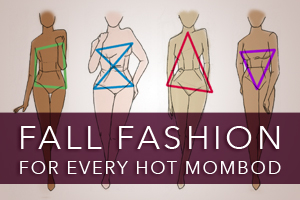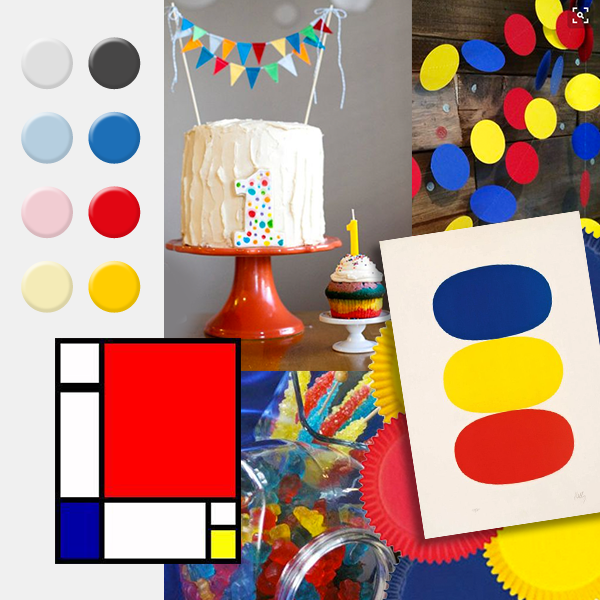
How to get your way when you’re nice
Nice is in my nature. I give people the benefit of the doubt. I hold doors. I was raised on “yes, ma’am” and “no, sir.” I smile when I’m uncomfortable or upset. I’m empathetic to the point that I’ll consider others’ feelings before my own. In other words, I’m painfully nice. Nice to the point that I’ve had to study and figure out ways to empower myself with niceness so I don’t become a doormat that others will gladly walk over. I’ve had to carefully consider ways to give myself leverage and gravitas that don’t feel like a total departure from my nature.
At this point in my life, I find myself in two notoriously difficult positions: mom of a boundary-testing 3-year-old boy, and partner/creative director of an advertising agency. And I’ve noticed some astounding similarities between the two groups I deal with most often — my kids, and my colleagues and clients. In the end, they both want what they want, when they want it. In fact, that goes for every single human being on this planet.
If you’re painfully nice, like me, this is a problem. Because you’ll want to give your kids, colleagues, clients, and everyone else exactly what they want. Except sometimes you can’t — or shouldn’t. And that’s when you need to know the following tips on how to give yourself power in these situations.
Say “yes” more
OK. I know this seems counterintuitive. Shouldn’t you be saying “no” more? Actually, saying “yes” more is the end result of getting good at picking your battles. When you say “yes” more often, it makes your “no” much more powerful. The next time you tell your kid she can’t wear purple shorts with an orange raincoat, moon boots, and a bike helmet to school, ask yourself if it’s something you need to say “no” to. If you’re likely to give in when pressed on the issue, skip saying “no” altogether and just go straight to “yes.” When you say “no,” mean it. Never go back to “yes” after “no.” If you do, you’re teaching your audience that you never really meant “no” to begin with.
Don’t say “no”
This is not the same thing as saying “yes” more. I mean try to avoid the actual word “no.” If I start out rejecting a request with the word “no,” the only thing the audience hears is the “no,” and he or she stops listening and starts pushing back. Remarkably, adults and children react to “no” in almost exactly the same way. Adults are just better at moderating their responses. Defensiveness is natural when presented with “no.” Instead, if I start by re-stating the request or offering an alternative to the request, the audience can actually take in and accept what I’m saying.
Sometimes, you can even get to “no” by saying “yes.”
For example:
Child (before dinner): Can I have a cookie?
Response option 1: No, we’re just about to have dinner.
All the child hears in this case is “no.” Whining, tantruming, and general evening-ruining commences. Maybe you cave and give him the cookie to end the pain, ultimately undermining yourself.
Response option 2: “Yes, you can have a cookie after dinner. First we are going to eat a super yummy dinner to make our bodies strong.”
The child hears a “yes” in this case. There is less to complain about. And it’s clear that you expect them to eat dinner first in order to get the cookie.
Make sure you’re asked to begin with
Both at work and at home, if you are a person who generally says “yes,” people are likely to ask more of you. If your knee-jerk reaction is “no,” you won’t be asked as often. After all, it’s easier to ask forgiveness than permission. So, by using “yes” and “no” to your advantage, you can both empower yourself and ensure you’re the one making the decisions to begin with.
How do you say “no”? Tell us in the comments below.












